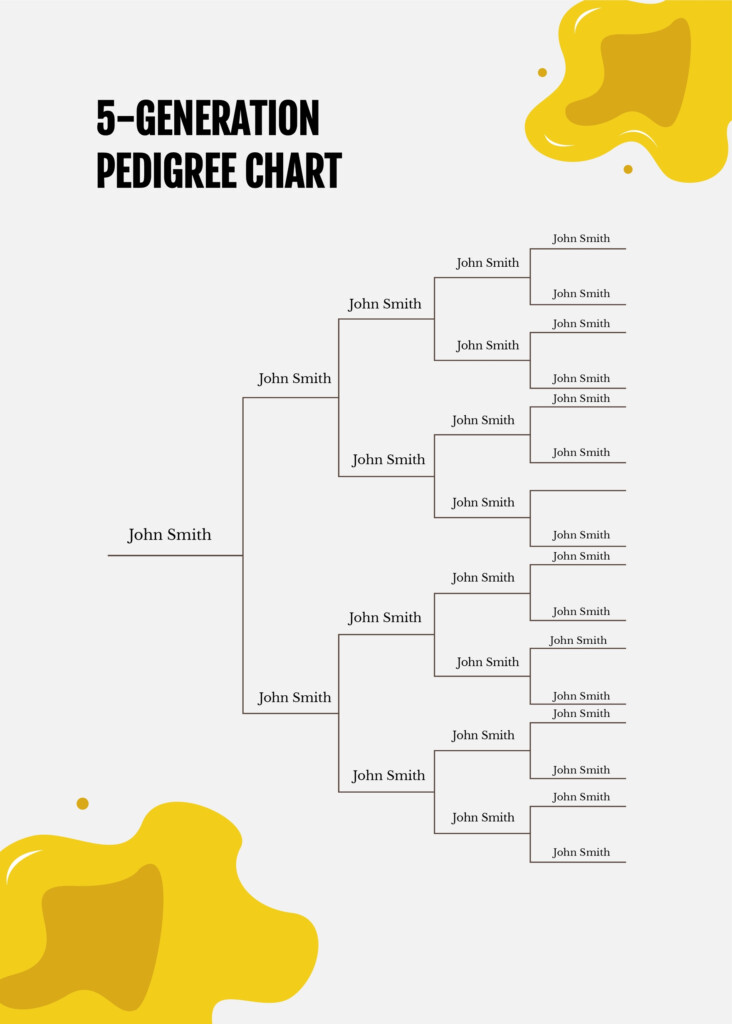Phenylketonuria (PKU) is a rare genetic disorder that causes a buildup of phenylalanine in the body. This can lead to serious health problems, including intellectual disabilities, seizures, and behavioral issues. PKU is inherited in an autosomal recessive manner, meaning that both parents must carry a copy of the mutated gene in order for their child to develop the disorder.
PKU is typically diagnosed shortly after birth through newborn screening tests. Early detection and treatment, which often involves a strict low-phenylalanine diet, can help prevent the serious complications associated with the disorder.
Pedigree Chart Of Phenylketonuria
Understanding the Pedigree Chart
A pedigree chart is a visual representation of a family’s genetic history, showing the relationships between family members and highlighting the presence of specific traits or disorders. In the case of PKU, a pedigree chart can help track the inheritance pattern of the mutated gene responsible for the disorder.
In a pedigree chart of PKU, individuals affected by the disorder are typically represented by shaded symbols, while carriers of the mutated gene are shown as half-shaded symbols. By analyzing the pedigree chart, genetic counselors and healthcare providers can better understand how PKU is passed down through generations within a family.
Conclusion
Creating a pedigree chart of Phenylketonuria can provide valuable insights into the genetic inheritance pattern of the disorder within a family. By understanding how PKU is passed down from generation to generation, healthcare providers can offer more targeted counseling and support to individuals and families affected by the disorder.
